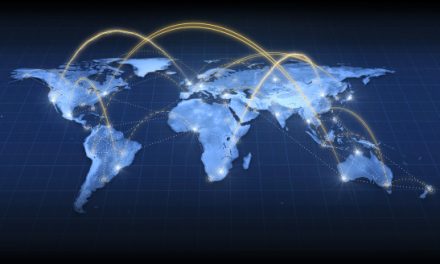Three Key Things to Consider When Moving Manufacturing from China to Mexico
Finding the most cost-effective manufacturing option has always been a factor when deciding where to expand operations. It’s been a growing topic of conversation over the past few years as many U.S. manufacturers are considering a move from China to Mexico.
China emerged as the front runner for low-cost manufacturing in the early ‘90s, but has since lost its stronghold due to ongoing challenges, including wage inflation and trade conflicts. According to a recent Deloitte report, manufacturing executives in 2021 are looking for proximity to existing customers, talent availability, and infrastructure quality among their key location drivers, all areas where Mexico excels over China.
Proximity to Existing Customers
Sharing a border with the U.S. provides a more convenient and cost-effective solution than the freight shipping costs and timelines when waiting for goods from China. When manufacturing in Mexico, companies have access to same-day delivery versus weeks it may take to receive a shipment from China. Longer shipment times often lead to delays, damage to goods in transport, and other logistical challenges that ultimately lead to extra cost to manufacturers.
Talent Availability
Mexico’s labor rates have held steady compared with the rise of wages in China. Plus, there’s the added benefit of having access to a highly-skilled technical workforce to choose from, thanks to Mexico’s investment in higher education and training in industrial fields. Furthermore, there’s been a slowing of maintaining top, cost-friendly talent in China as the population and subsequently, the labor pool has begun to decline. Whereas, in Mexico, more than 110,000 engineers enter the workforce every year.
Trade Advantages
As for trade relations, Mexico is part of the USMCA, as well as numerous other trade agreements with other countries around the world. This creates a favorable relationship between the U.S. and Mexico and focuses on keeping manufacturing closer to home. When compared to the war on tariffs, problems with protecting intellectual property, and other trade conflicts between the U.S. and China over the past several years, the security of operating in Mexico is becoming the main location trend for many manufacturers.
For those considering moving manufacturing to Mexico or at least expanding their portfolio, seeking the help of a shelter services provider saves on both time and money to get a project up and running in an efficient manner.
Working with a Shelter Services Provider
In addition to the built-in location advantages of moving manufacturing from China to Mexico, U.S. manufacturers also have the unique advantage of working with a shelter services provider. Although companies that have operated in China for years have built partnerships through contract manufacturing, establishing strong connections in Mexico is made easier when working under the guidance of a shelter. This model allows companies to maintain complete control of operations while expediting production setup and saving on costs.
The main example of this is Mexico’s IMMEX maquiladora program, which provides manufacturers an exemption from the 16 percent value-added tax when temporarily importing goods, materials, and equipment. Working with a shelter allows manufacturers to work under their established permits. Alternatively, applying for a new IMMEX program can take months as a standalone entity. Manufacturers also minimize their risk when operating since a shelter shoulders legal, tax, and customs compliance responsibilities.
Manufacturers also have the option of partnering with a shelter as a consultative resource for certain areas of the operation rather than relying on the full suite of services offered. Either way, taking advantage of the experience and expertise of a shelter services provider makes the transition and setup time run more smoothly and efficiently.
To learn more about the value of moving manufacturing from China to Mexico and the customized solutions available, contact IVEMSA today.
Sources:











